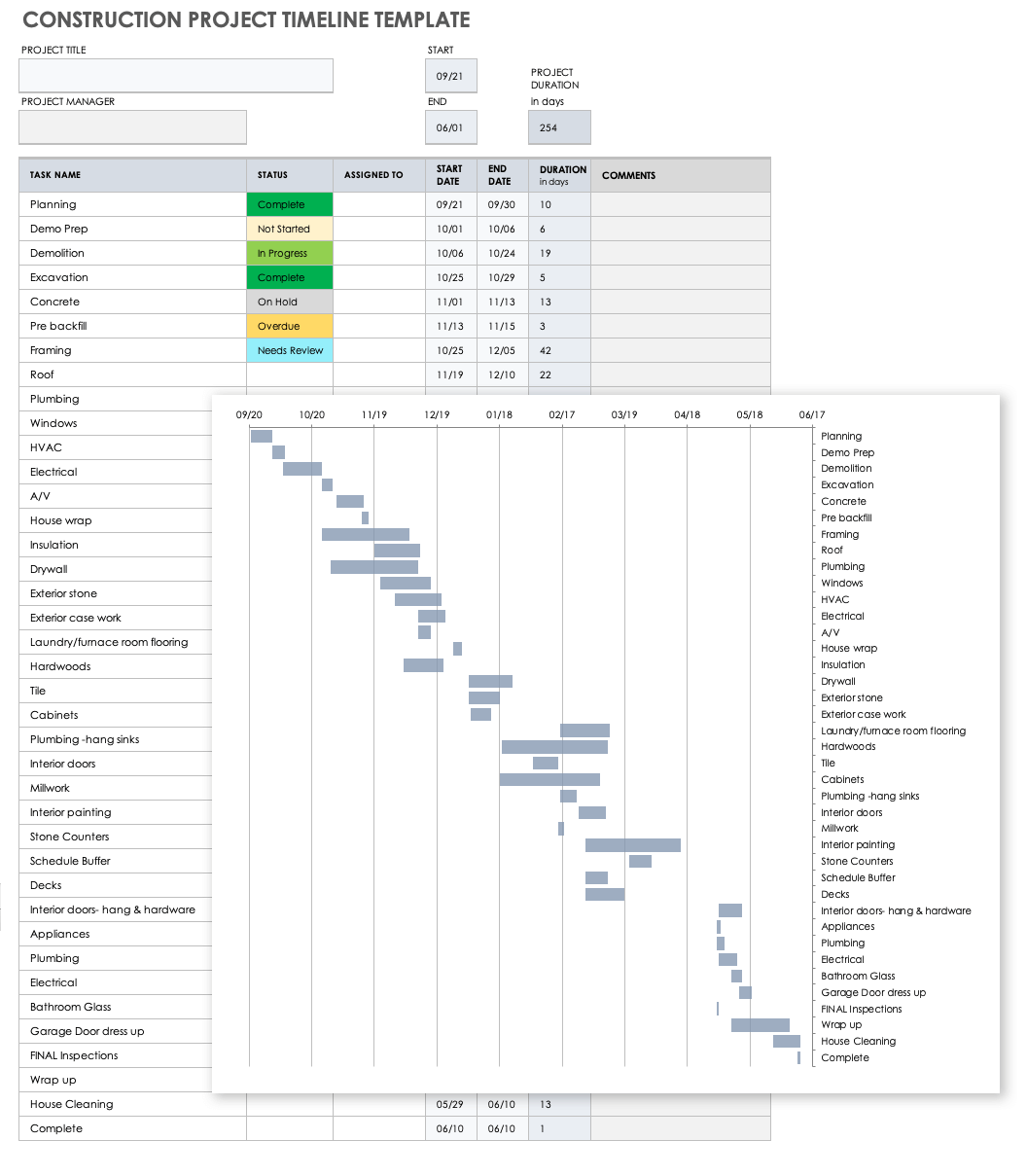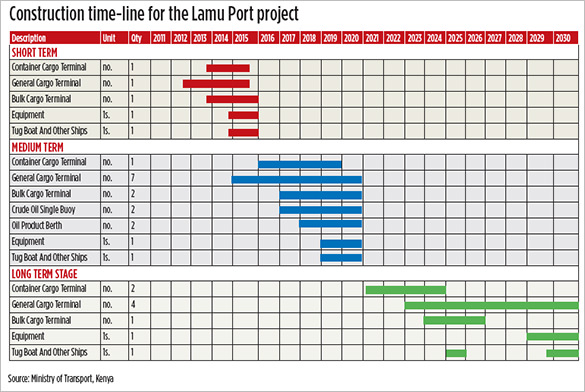
On complex projects, where delivery hinges on the timely completion of thousands of interdependent project tasks, this is a faulty approach for construction companies. Though each traditional construction scheduling system has both weaknesses and strengths, they all share one fatal flaw: the creation of a construction schedule centered on a single variable. Tried-and-true techniques for creating and tracking construction timelines range from the use of simple Gantt charts, to more complicated methods such as resource-oriented scheduling, PERT, or Q construction scheduling. With so many variables involved (and so much at stake), the best methods for construction project scheduling are a matter of much debate. Construction Scheduling : The Best Methods

Construction scheduling software allows general contractors, developers, and project managers to design comprehensive construction project schedules which factor in labor, equipment, and material utilization - but the usefulness of those construction schedules can vary greatly, depending on the tools and methods used to design them. When even a minor mistake or setback can result in cascading delays to the construction timeline (potentially triggering liquidated damages), the use of construction scheduling software is critical for construction professionals. This is where construction project scheduling software comes in. Most importantly, it directly impacts your bottom line - so it’s important to get it right.

It affects everything - from resource management to onsite risk mitigation.

In the construction industry, proper planning and timing are critical to any project - but when it comes to construction project scheduling, the groundwork laid in the planning phase can make or break construction companies.Ī comprehensive construction schedule combines important project scope, timeline, and budget details into a plan of action.


 0 kommentar(er)
0 kommentar(er)
